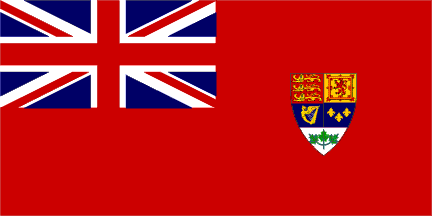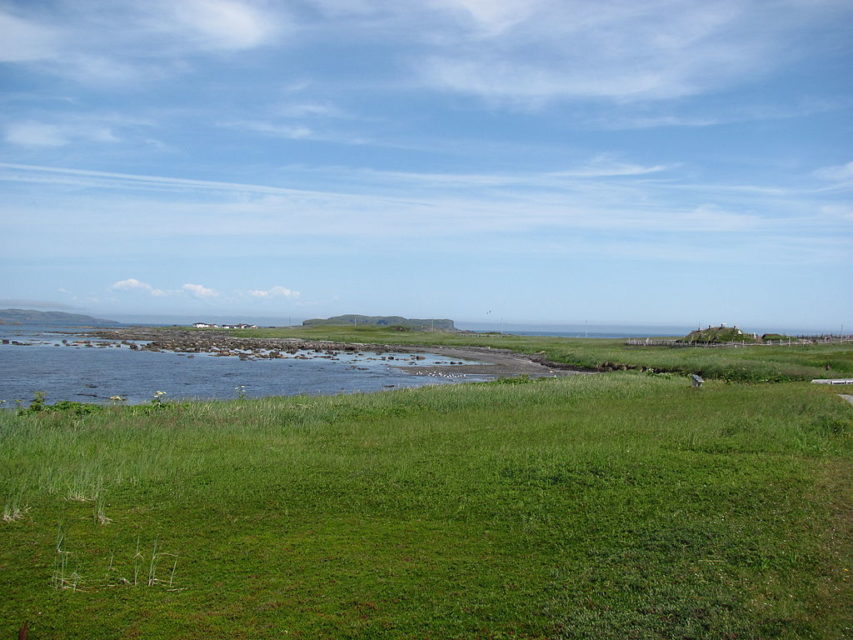Andrew Coyne on the interminable “negotiations” for the Kinder Morgan pipeline:
Whatever anyone’s concerns — economic, environmental, Aboriginal or other — that is the process by which those concerns are adjudicated. And that is the process that approved the pipeline: the NEB, the cabinet and the courts, all ruling in its favour (though not every legal appeal has been exhausted: a case is still before the Federal Court of Appeal on behalf of seven First Nations arguing they were not adequately consulted).
Why, then, do so many feel entitled, not merely to disagree, or to protest, as is their democratic right, but to substitute their own authority for that prescribed by law: to defy the courts, to threaten disorder, and to deny federal jurisdiction?
Much of the blame should be attached to the current custodians of lawful authority, the governments of Canada and British Columbia. It was Justin Trudeau who, campaigning for office, gave his imprimatur to the extralegal, anti-democratic doctrine of “social licence,” telling pipeline opponents that “governments might grant permits, but only communities can grant permission.”
It was Trudeau, too, who lent support to the notion that Aboriginal communities have, not merely a constitutional right to be consulted on projects affecting lands to which they have title, as the courts have found they have, but an absolute veto. And it was Trudeau who legitimized those who, because they did not like the NEB’s decision, had dismissed it as biased or negligent, with his promise of a special panel to review the project.
Likewise it was John Horgan who, campaigning for office, famously promised to “use every tool in the toolbox” to stop the pipeline from being built. We know now that his government has known since at least the time it took office that it had no constitutional authority to do so. But if Horgan had hoped to walk back the promise, in the grand tradition of Canadian politics, after he was elected, he finds his way blocked by his partners in power, the Green Party.
So he has instead opted to stall for time, delaying permits, threatening legislation, and — someday, maybe — referring the whole business to the courts, hoping the project’s sponsor, Kinder Morgan, will give up in frustration. As, at length, it has declared it will do if Horgan’s government is not brought to heel, with spectacular effect: it has spurred the Trudeau government to state, in terms that allow no retreat, that “the pipeline will be built.”
But reasserting lawful authority, after so many years of disuse, will not be as easy as all that. It is not only the Trudeau or Horgan governments, after all, that have played this game: before Horgan, there was Christy Clark and her constitutionally odious “five conditions” for “approving” the Northern Gateway pipeline, and before Trudeau there were decades of federal governments that allowed the provinces to run the jurisdictional table against them, in the name of “co-operative federalism.”





